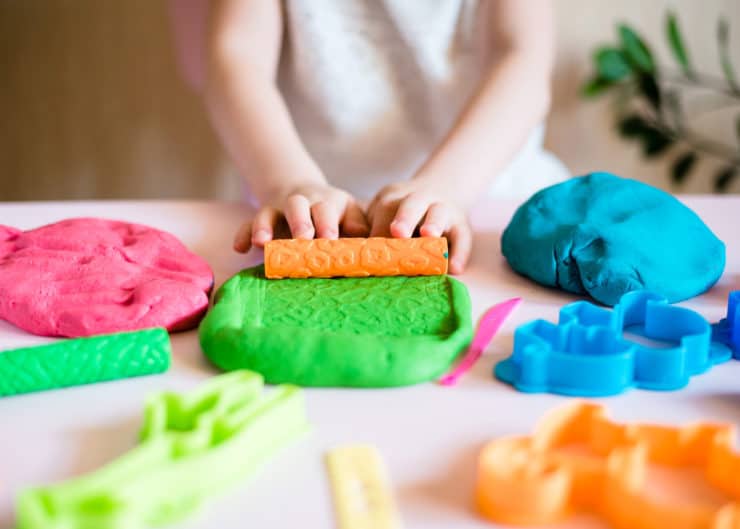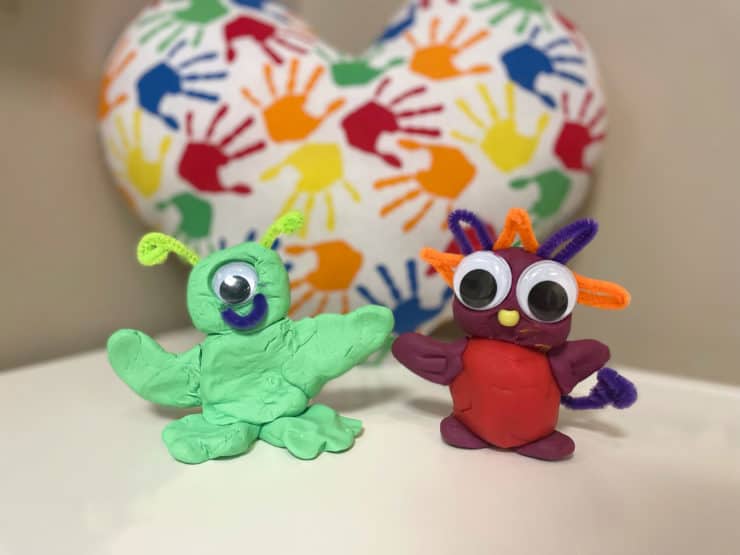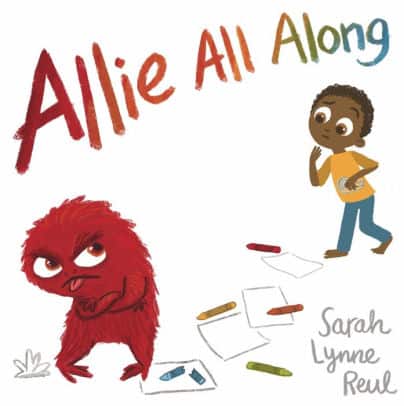 Many feelings arise during grief, and these emotions are a true expression of where you are in your grief journey. It is important to recognize and learn from those feelings. The first step in dealing with them is to acknowledge and name them. Exploring your feelings allows you to learn healthy ways to express them. Here at The WARM Place, we have several different activities to help with acknowledging and normalizing grief feelings. One of these activities we do in our groups that helps children to begin talking about their feelings is called the “Grief Monster.”
Many feelings arise during grief, and these emotions are a true expression of where you are in your grief journey. It is important to recognize and learn from those feelings. The first step in dealing with them is to acknowledge and name them. Exploring your feelings allows you to learn healthy ways to express them. Here at The WARM Place, we have several different activities to help with acknowledging and normalizing grief feelings. One of these activities we do in our groups that helps children to begin talking about their feelings is called the “Grief Monster.”
 All you need to create your grief monster is some Play-Doh and a few accessories! Children roll their Play-Doh up into a shape and set it on a paper plate. They can add googly eyes, colored straws, pipe cleaners, sequins, or other items to decorate their monster. They can stick the items into the Play-Doh to give their monster fun facial features, arms, and legs. Children get to decide what feelings they want their monster to portray. It can be a sad monster, an angry monster, a worry monster or one of many other feelings.
All you need to create your grief monster is some Play-Doh and a few accessories! Children roll their Play-Doh up into a shape and set it on a paper plate. They can add googly eyes, colored straws, pipe cleaners, sequins, or other items to decorate their monster. They can stick the items into the Play-Doh to give their monster fun facial features, arms, and legs. Children get to decide what feelings they want their monster to portray. It can be a sad monster, an angry monster, a worry monster or one of many other feelings.
Supplies: Play-Doh, paper plate or tray, small items for decorating such as sequins, buttons, googly eyes, pipe cleaners, colored straws cut into different lengths, etc.
- Roll the Play-Doh into a shape and set it down on a plate or tray.
- Decorate with any available supplies to create the monster that resemble the grief feeling they want to portray.
- Take time to share your grief monster creation and talk about the different feelings you have experienced.
Children design their monsters themselves and each one is unique. They are able to use their imaginations and express their feelings. This activity is great for a wide range of ages and helps to facilitate conversations about the feelings they have been experiencing.
We often pair this activity with a great book called Allie All Along by Sarah Lynne Reul. “Allie All Along explores simple ways kids can center themselves in the face of overwhelming emotions. The illustrations’ varying hues and vibrant colors capture the powerful feelings that young children can’t always express in words.”


